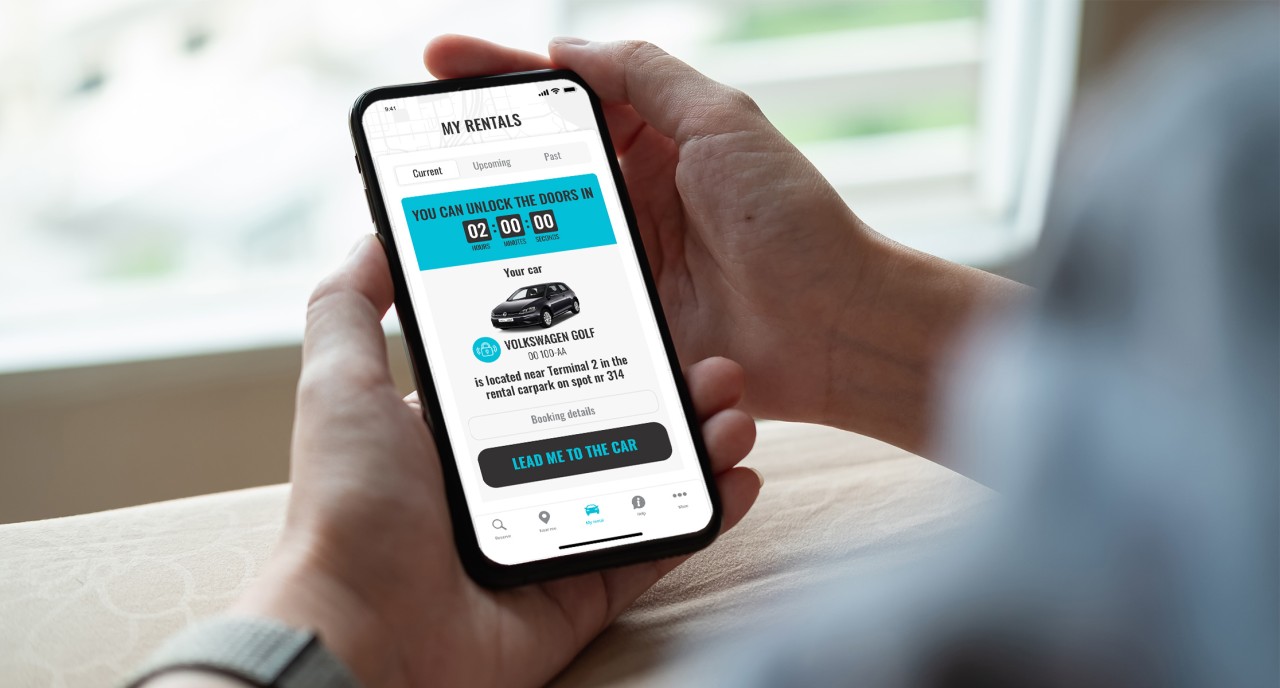In web development, deep linking means creating unique uniform resource locators (URLs) for pages or elements “deeper” into the website. When a user clicks on a respective link, they land directly to the particular content instead of the home page of a website.
The URL contains all the information for pointing out such a piece of content. This makes deep linking different from mobile deep linking that uses a uniform resource identifier (URI) to link to a specific point within a mobile app. From the user’s perspective, a URI in a mobile app is a counterpart to a URL. However, technically they are different. While URI is an identifier of a resource (such as a page, a document, etc), a URL is a type of identifier that also tells you how to access it (such as HTTPS, FTP, etc). Thus, all URLs are URIs, but not all URIs are URLs.
From the perspective of Hypertext Transfer Protocol (HTTP) all links, deep or not, are functionally equal. This reflects one of the purposes of the World Wide Web – to enable authors and content providers to link to any published document on any website. The linking capability is therefore built into the HTTP and URLs as a default. For various reasons, mostly copyright-related, the websites may try to restrict deep links to their content. However, it requires extra effort to do so.
What are the use cases of deep linking?
Deep linking is a common practice in marketing. To improve conversions, marketers send users directly to a specific product page or promotional content. In addition to web pages, deep links can be shared in different channels such as email, SMS, social media, and ads. For example, a social media post can include a deep link that takes the user to a seasonal offer page.
By minimizing the number of steps in navigation, deep linking makes a customer journey more seamless. This leads to improved customer engagement and retention. Marketers can check and analyse which links and which channels attract more clicks. Such valuable insights help them arrange better campaigns in the future.


